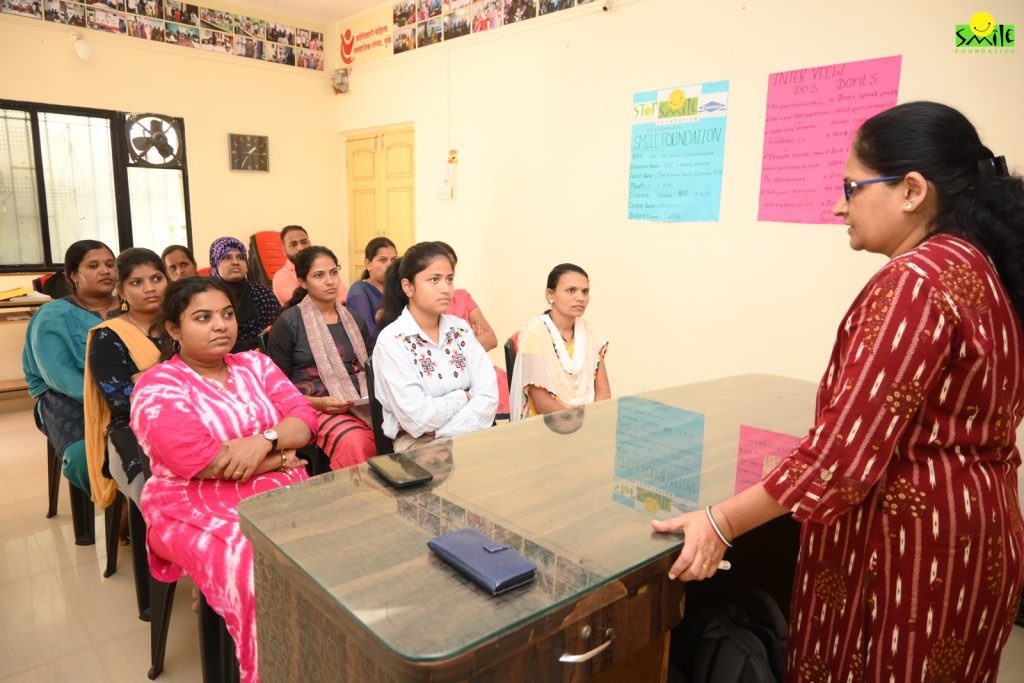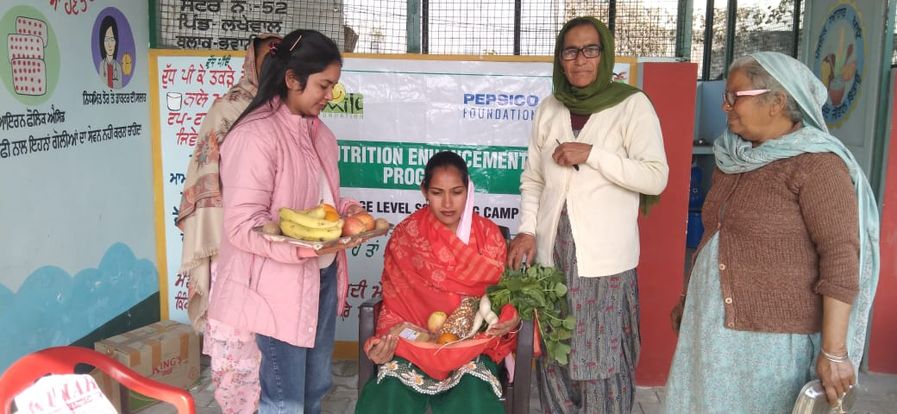The global shortage of healthcare workers is slowly spiralling out of control. Per the World Health Organization (WHO), the global shortage of healthcare workers is projected to reach 10 million by 2030. While the issue is global, healthcare shortage is more in low- to mid-income countries.
There are an average of 2.3 healthcare workers per 1,000 people in low-income countries, while the number is 43.5 healthcare workers per 1,000 people in high-income countries. Many factors contribute to the global health workforce shortage, but the biggest is the significant gap between the demand and the availability of qualified professionals.
Reasons for Demand-Supply Mismatch
Many factors contribute to the demand-supply imbalance between healthcare workers, creating challenges in delivering adequate healthcare services globally. Population growth and ageing are major drivers of increased healthcare demands.
As populations expand, the need for healthcare professionals increases, particularly in low- and mid-income countries. Also, life expectancy has risen with advancements in medical technology and improvements in healthcare systems, leading to a larger elderly population requiring specialised care.
The lengthy and rigorous educational and training requirements to become a healthcare professional don’t help either. The process of obtaining a medical degree or specialised healthcare training can take several years, especially in India. This extensive training duration limits the rate at which new professionals can enter the workforce, exacerbating the gap between demand and availability.
Financial constraints also play a significant role in maintaining the demand-supply gap in healthcare professionals. Pursuing a career in healthcare often involves substantial education costs, including tuition fees and living expenses. Many students are discouraged by the financial burden, leading them to pursue alternative career paths with fewer financial barriers.
The maldistribution of healthcare professionals adds to the shortage of global healthcare professionals. Healthcare professionals tend to concentrate in urban areas in India, leaving rural and remote communities underserved. The lack of access to healthcare facilities and professionals in these areas intensifies the demand-supply gap, creating healthcare disparities.
How to Address the Global Shortage of Healthcare Workers
The global shortage of healthcare professionals requires comprehensive strategies and concerted efforts. Listed below are a few ways to do so:
- Enhance educational opportunities
Governments and institutions can address the shortage of healthcare professionals by expanding educational opportunities. Increasing the number of medical schools and other healthcare training institutions may increase the number of healthcare professionals.
- Enhance financial incentives
Financial barriers often deter potential candidates from pursuing careers in healthcare. To attract and retain qualified professionals, competitive salaries and benefits must be offered to reflect the rigorous training and demanding nature of healthcare professions.
- Promote rural healthcare
Rural and remote areas are often underserved in terms of healthcare professionals. Encouraging healthcare professionals to work in these areas can help bridge the gap. Governments can implement policies that provide financial incentives to professionals who practise in rural or underserved communities.
- Improve working conditions
Healthcare professionals often face long working hours and stress. Improving working conditions, such as reducing workload and providing better work-life balance, can enhance job satisfaction and attract more individuals.
- Embrace technology and innovation
Technological advancements, such as artificial intelligence, robotics, and telemedicine, can automate certain processes, alleviating the shortage of healthcare professionals. These technologies can automate tasks, enhance diagnostic accuracy, and extend healthcare services to underserved areas.
STePing up the Fight Against Shortage of Healthcare Workers
The fight against the shortage of healthcare workers requires a collaborative effort from private and government bodies. Smile Foundation has done its part by launching the Smile Twin E-learning Programme (STeP).
The livelihood programme focused on the youth aims to educate deserving youth with upskilling and employment opportunities and nurture their mental health and personality development. Healthcare workers’ mental health conditions are often tested, making the STeP a vital initiative.
The programme helps the youth develop the necessary skills to gain employment in the healthcare domain (one of their 6-course modules), thereby addressing the demand-supply gap. There is substantial proof it has succeeded in meeting the skill gap in the country in various sectors.
Over 75,000 youths have been trained, with 47,000 placed in Smile’s employment partners. The trained youth are ready to move up the corporate ladder. The most-heartening fact of STeP’s impact is 71% of beneficiaries were girls.
Therefore, STeP can help address the shortage of skilled workers and improve gender diversity. The certification equips candidates with the necessary skills and helps them gain confidence through comprehensive training.
How Does STeP Support and Train Youth?
STeP centralised placement cell finds opportunities through on and off-campus placements. It ties up with brands that require a semi-skilled workforce and creates course content per the requirement of specific brands and their recruitment needs.
Students and professionals are then counselled to choose the field suiting their skills, abilities, and job expectations.
This pool of young and independent people from underserved sections is skilled in tandem with market requirements, helping create a workforce. The process has worked seamlessly for years and can be leveraged to address global healthcare professionals. The programme can help bridge the gap between the demand and supply of skilled manpower in various industries, including healthcare.









